Work with your hands: AUB Summer School 2023
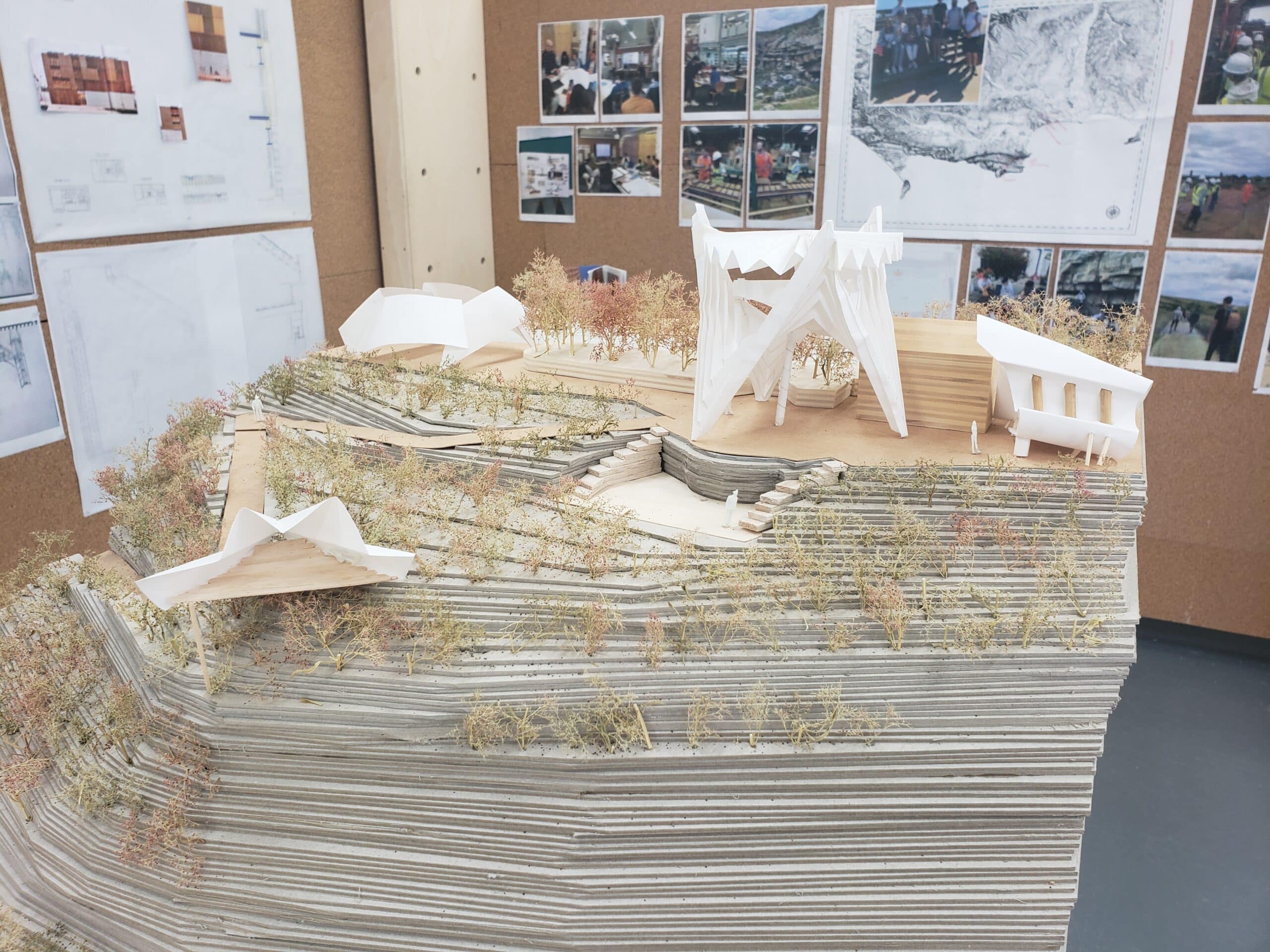
‘Work with your hands, so that your daily life may win the respect of outsiders and so that you will not be dependent on anybody.’
1 Thess. 4:11-12
All architecture begins with our hands. We make physical what we understand in order to communicate the invisible to the outside world. The translation of an idea that takes place in working through a model, sketch, or drawing is the primary iteration: the source of the purest design intention. This phenomenon is revealed in the making process. It is the link between the active thoughts at the forefront of our minds combined with the influences of the periphery and the past of the subconscious that manifests itself in the use of our hands to convey an idea. In this way, drawing and physical making unlocks the true qualities of uniqueness in every person’s approach to design because it synthesises ingredients that are intrinsic to the creation and are not replicable by anyone or anything else—human or otherwise.
It is this production of hand drawing and making that was the main task set before the students during the 2023 Arts University Bournemouth Summer Architecture Course. The goal was twofold: first, to test the assumption that the physical making process draws out each student’s personal journey and qualities to create a truly unique piece of work in response to the same rigid guidelines of the given drawing exercise. Second, to promote introspection and reflection on experiences students had during the course through extensive hours of sketching, drafting, and model-making of a singular piece of work. To achieve this, the schedule set for the course was both rigorous and simple. For two weeks students would spend one eight-hour day devoted to a desk intently working on the same drawing or model, and one eight-hour day completely free of any outcome or task spent on a trip in the landscape. Sometimes the trip was architecturally focused and other times it was not.
With students aged only 15 – 17 years old, and most with little to no architectural experience or exposure, the impressive results of their work are displayed here with diverse and mature quality.
The students beautifully executed scaled detail drawings with varied uses of colour coding, lineweights, and sheet sizes, and expressed strong statements of intent with folded paper models at 1:100 scale when connecting with the site model of the Bournemouth Coastline. The execution of the intentional moves combined with the unintentional smudges, paper cuts, and errors resulted in works that palpably contained a piece of each student’s personality.
However, perhaps the most interesting outcome of the summer course was observing the extensive amount of time each student wilfully spent committing to their work with minimal encouragement from the instructors. I was initially anxious about tasking the students with long and laborious manual exercises, especially in a world that encourages an ever-decreasing attention span, but that uneasy feeling was put to rest as the sessions progressed. Over the next two weeks, the upfront hours of seemingly monotonous drafting and making began to give way to the outcome we had sought to achieve. Through their perseverance in creating there was a point reached in each student’s journey when they began to recognise the high quality of what they were capable of achieving. We pleasantly discovered that challenging students to still themselves and focus on the task at hand forced them to rely on their imagination for inspiration and not stimulation. It’s surprising to think that sitting at a desk using traditional tools would be the catalyst for students unlocking their previously unknown design aspirations and proving their abilities to themselves.
The main thought I keep coming back to after running this summer’s course is the reinforcement of the idea that architectural design through primary physical drawing and making is a proven and effective methodology of communication that produces results that stand outside of a person’s age, experience in the field, and time they live in. My hope is that these students can take this idea and go forward into any architectural situation, academic or professional, and use their hands so that they will not be dependent on anyone while designing from a place of confidence that is independent of everyone.
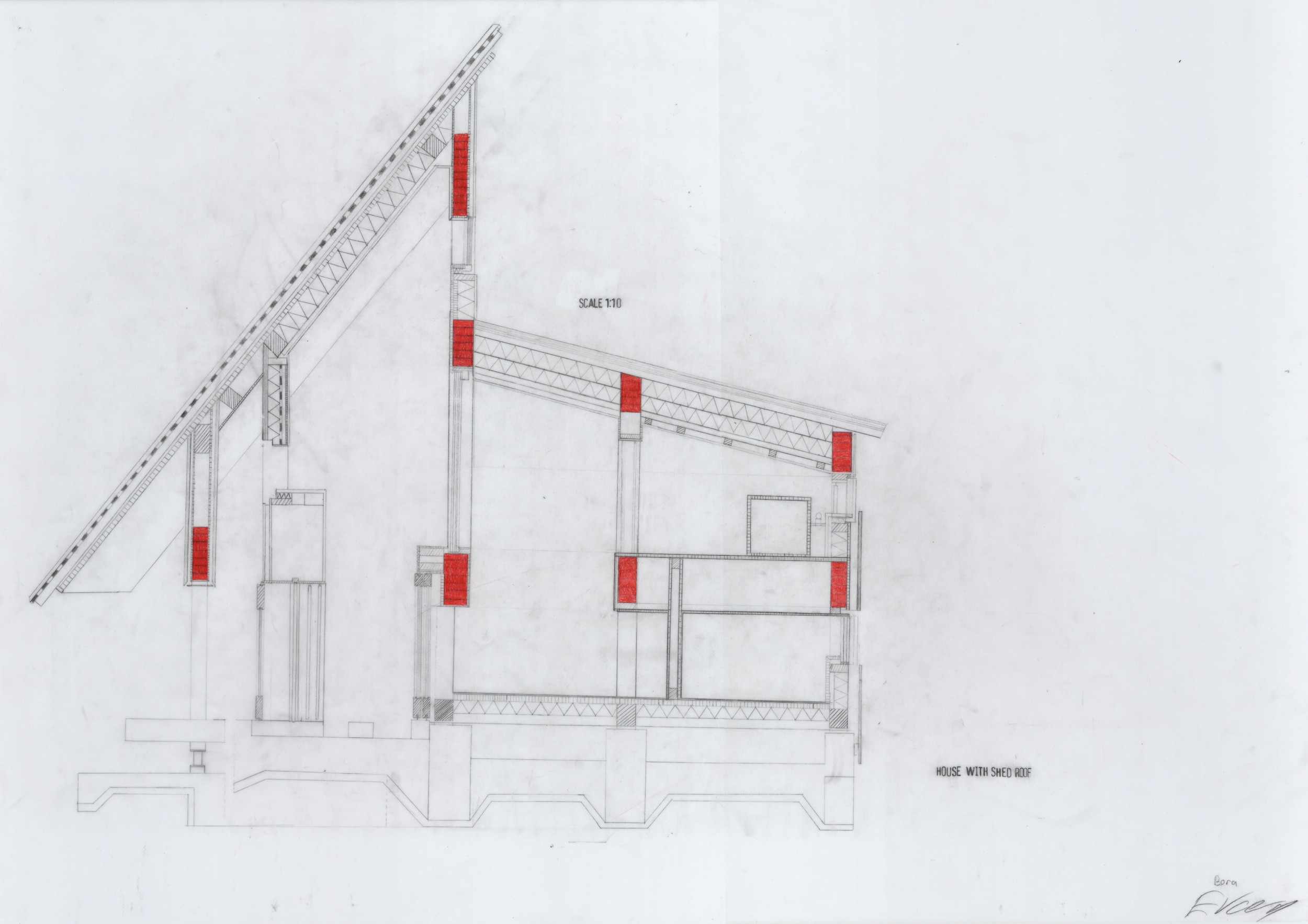
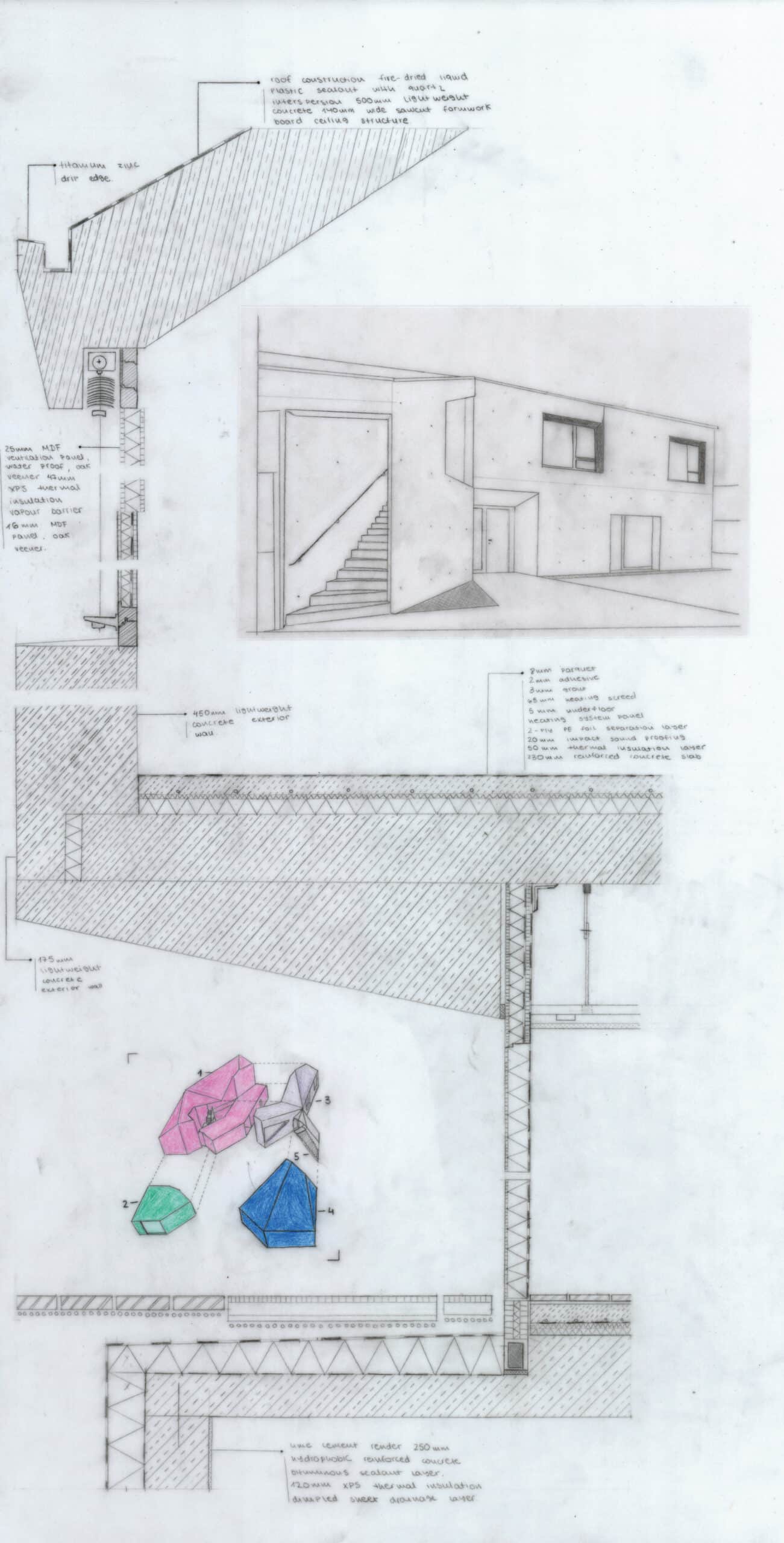

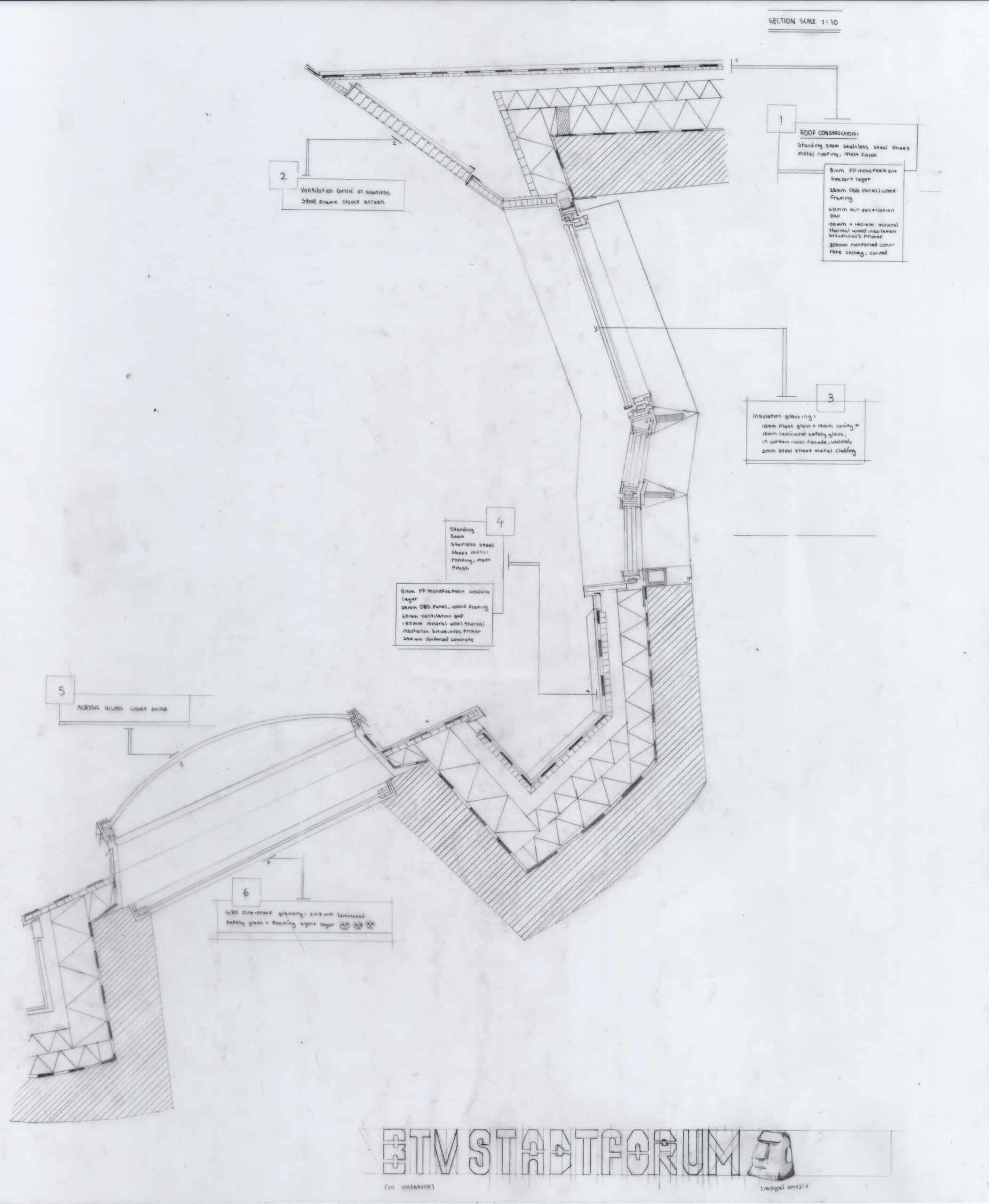
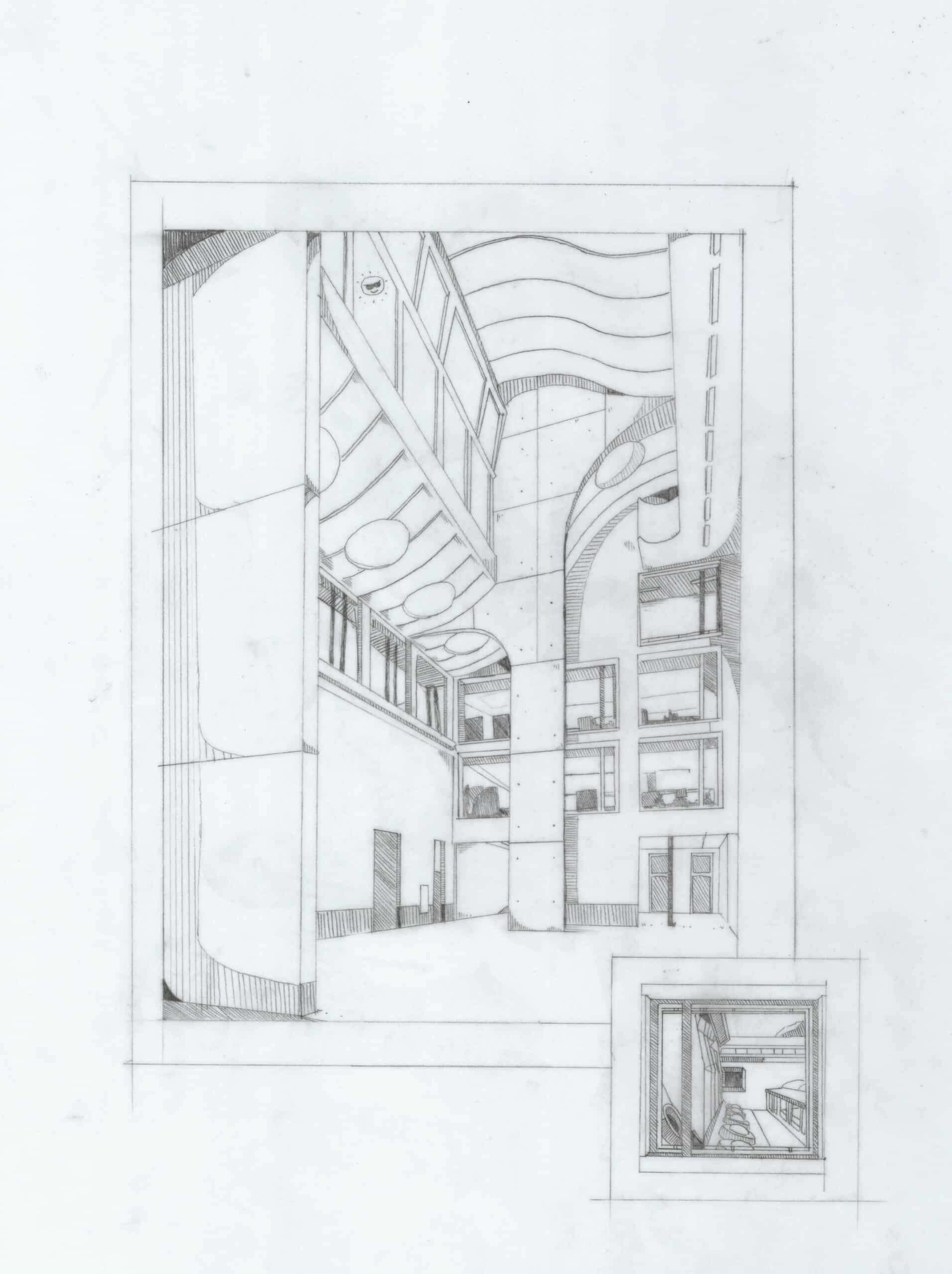
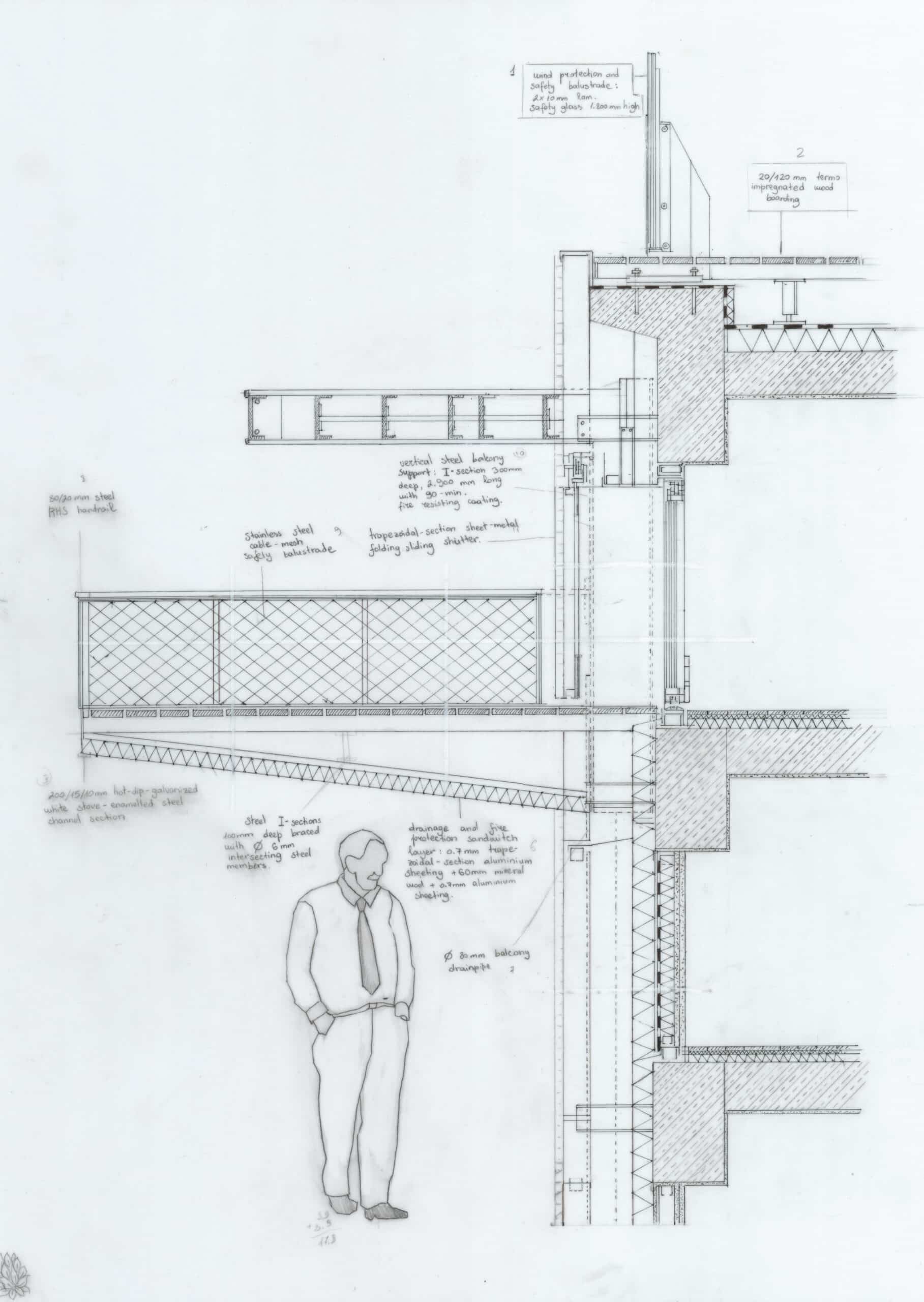


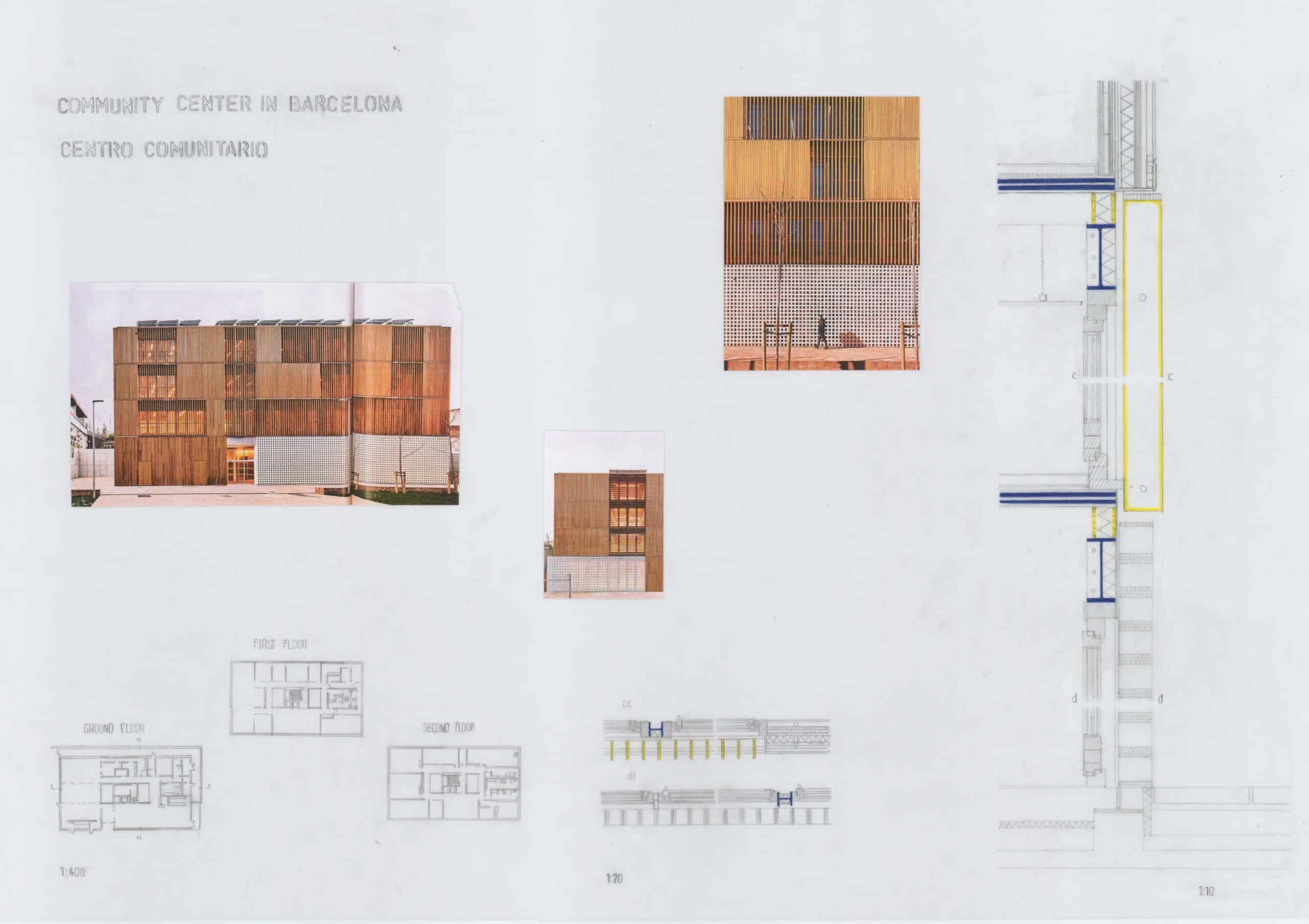


Timothy Christian Murphy and Marlow Parker ran the Summer School at Arts University Bournemouth earlier this year. The programme included a short talk from Drawing Matter.

– Roz Barr